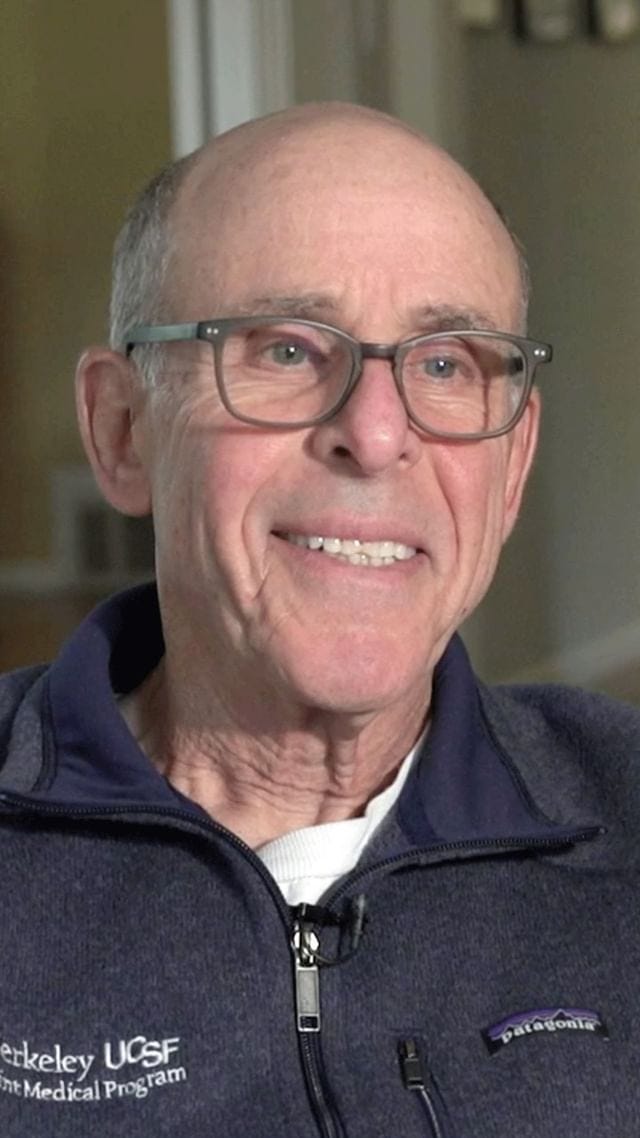Learn for California: How Cal is fighting to stop the coronavirus
Desperate times call for desperate measures and articles you don't care about.

So there’s this thing going around called a coronavirus. And on top of deciding to ruin all of our lives, it decided to cancel all of our sports right when we were trying to launch this new site. So, what do you do when life hands you poop and poop? You add them together to see if they make slightly less-gross tasting poop. That’s where you find yourself. Welcome.
Way back in the olden days of CGB (way before it was stolen from our teat), Twist successfully Jedi-mind-tricked me into writing a weekly series covering the academic accomplishments of our university—Golden Scholars. It never did well in clicks and only rolled in twos upon twos of comments, but we’re bringing the concept back to see if this poop sandwich can fill in the content hole.
Before we get into what Cal has done, let’s take a minute to review some basics.
Unfortunately, we do this with the assistance of the lowly Stanfurd Cardinal and assistant professor Michael Lin, an MD-Ph.D. who assembled an informative slide deck. I guess it’s appropriate to turn to them in the name of togetherness or kumbaya or some nonsense in these trying times. Gross. I’ll try to distill and summarize his information further because YouTube has chipped away at our attention spans.
Let’s start with some clarifying terminology. COVID-19 is the name of the disease—not the name of the villainous virus. The name for the virus that Lin and others use is SARS-CoV-2. Now just wait a minute because that whole “sars” sounds familiar and it sure is shady that there’s a two there—is this a sequel? Kind of. The genetic information of the 2019 virus is 80% identical as that of the virus that caused SARS back in 2003 where SARS stands for “severe acute respiratory syndrome”.
Viruses are things your computer gets because you were looking up videos of people not–social distancing on websites with crazy pop-ups. Biologically, viruses are in this funny classification because they aren’t strictly alive. They’re typically just genetic information (DNA or RNA and kind of like the material in those salacious videos) protected by a protein coat. For coronaviruses, it’s RNA encapsulated in a mix of proteins and fatty lipids in a shape that happens to resemble a crown—which gave rise to the name.
Cal has thrown their crow—er… hat—into the ring by helping with rapid testing. Both contributions are related to Jennifer Doudna, a superstar in the modern scientific world due to her discovery of CRISPR—work that we’ve covered before and has the potential to make her yet another Berkeley Nobel laureate.
Alumni of Berkeley and the Doudna lab have co-founded the start-up Mammoth Biosciences to use her CRISPR technology; in the face of this global crisis, the team was able to use their tools to quickly detect the presence of the SARS-CoV-2 virus in human samples. Citing current testing methods that need “two days to a week”, the Mammoth method—named DETECTR—boasts turnaround time of 4–6 hours without the need for elaborate equipment or shipping samples.
CRISPR—and thus, DETECTR—works like the CTRL + F function. You enter a sequence of DNA of interest and it can zone into that sequence with high fidelity. If the system finds that DNA sequence—if the sample tests positive for the presence of SARS-CoV-2, in this case—then it lets off a signal to alert the tester much like a pregnancy test. If you’d like to read more detail into this work, they have made the white paper for their protocol and a technical paper with their findings publicly accessible.
There are two current drawbacks/challenges right now. Firstly is that this process still requires FDA approval. The second is to scale up manufacturing to meet the needs of this technology.
A little closer to home, the Innovative Genomics Institute—located in Berkeley and a partnership between UC Berkeley and UCSF—has repurposed their lab to become a diagnostic center to run detection tests.
This pop-up laboratory, the effort of a unique volunteer team of academic and corporate partners, will provide desperately needed testing capacity in the Bay Area for those with COVID-19 symptoms and also help public health officials assess how widespread the epidemic is.
“The UC Berkeley team is racing to address this critical public health situation by establishing a testing lab that will be immediately impactful in our community, while also generating data that contributes to understanding the spread of the SARS-CoV-2 virus,” said Jennifer Doudna, professor of molecular and cell biology and of chemistry and IGI executive director. SARS-CoV-2 is the coronavirus that causes COVID-19.
The institute’s scientists have volunteered to shift from their normal research to being trained for these clinical tests and “plan to test their first actual viral samples early this week and aim for certification under the Clinical Laboratory Improvement Amendments (CLIA) program by next week.” The key advantage that the Innovative Genomics Institute’s volunteers offer is speed and processivity—the method is already FDA-approved. Moving beyond the Innovative Genomics Institute’s equipment and resources, other Cal labs have donated and loaned equipment to aim in this endeavor.
The lab will run testing based on a process approved by the Food and Drug Administration, but with higher throughput than many commercial labs, some of which still must run samples manually, one at a time. The high-throughput machines, some sourced from campus research labs, can test more than 300 samples at once and provide the diagnostic result in less than four hours from receipt of patient swabs. Using robotics and a streamlined process, the IGI pop-up lab will soon perform 1,000 tests daily, with the ability to ramp up to 3,000 tests per day if necessary.
The facility was already outfitted with robots capable to processing “thousands of tests per day” for their research and will not help reduce reporting time from “several days” to 24 hrs at most.
The initiative is set to begin processing samples from UC Berkeley’s Tang Center by the end of the week, but the researchers hope to expand the effort to other medical clinics in the region too.
“We put in place a robotic pipeline for doing thousands of tests per day, with a pipeline for managing the data and getting it back to clinicians,” said Doudna in a statement from IGI. “Imagine setting that up — a process that would normally take months to years — in a couple of weeks. It’s really extraordinary and not something I’ve ever seen in my career.”
There is a criticism from an anonymous Berkeley Ph.D. that volunteers are being used rather than paying for the services of skilled technicians and researchers. But on the bright side, at least this should improve our ability to test members of the community, which can help curb the spread of the virus.
Kudos to all involved for so quickly pivoting their research to focus on a pressing issue that has crippled the world.





I for one is happy about the return of this series, even if I am not one of the writers for this site. Maybe a too late suggestion for the name is maybe "Enlight for California" to keep it rhyming with Write/Fight?
Any idea what's involved in FDA approval for a diagnostic test such as that based on CRISPR? Especially one for which I doubt the method of gaining a sample to test on is particularly novel? Does the FDA concern itself with validating the test accuracy as well, to avoid misdiagnosing patients?